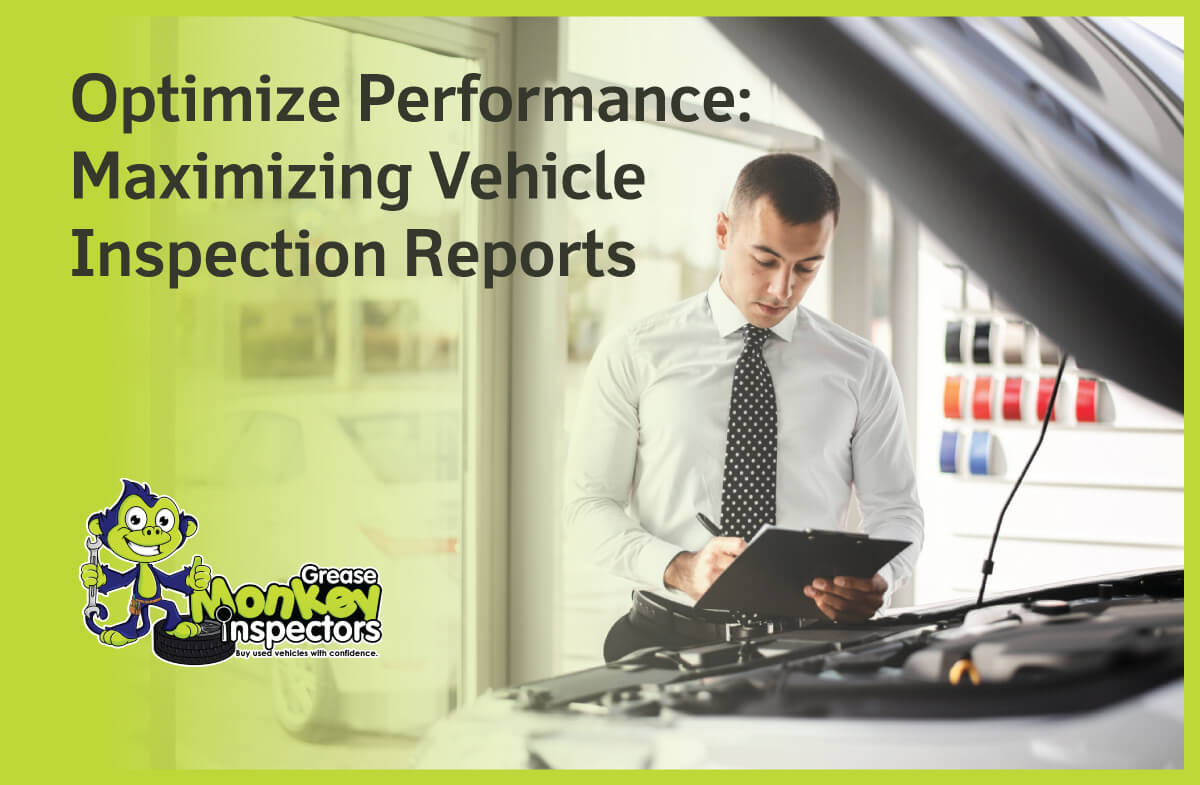Buying a used vehicle can be a smart financial move, but it’s essential to approach the process with caution and expertise. Whether you’re a first-time buyer or looking to upgrade your current ride, knowing how to navigate the world of used cars can save you time, money, and headaches down the road. In this comprehensive guide, we’ll explore expert tips for purchasing used vehicles, covering everything from research and inspection to negotiation and financing. So, buckle up and get ready to unlock the secrets of buying a quality used vehicle without breaking the bank.
Why Choose Used Vehicles?
Before diving into the tips and tricks of buying a used vehicle, let’s take a moment to understand why opting for a pre-owned car might be the right choice for you. Used vehicles offer several advantages over brand new ones, including:
Cost Savings
One of the most significant advantages of buying a used vehicle is the cost savings. Used cars typically come with a lower price tag than their new counterparts, allowing you to get more value for your money.
Depreciation Avoidance
New cars depreciate rapidly in the first few years of ownership, losing a significant portion of their value. By purchasing a used vehicle, you can avoid the steep depreciation curve and potentially retain more of your investment.
Variety and Availability
The used car market offers a wide range of makes, models, and years to choose from, providing you with greater flexibility in finding a vehicle that suits your needs and budget.
Researching Used Vehicles
The key to finding a quality used vehicle is conducting thorough research before making a purchase. Here are some tips to help you gather the necessary information:
Online Listings
Start your search by browsing online listings on websites like Autotrader, Cars.com, and Craigslist. These platforms allow you to filter your search based on criteria such as make, model, price, and location.
Vehicle History Reports
Obtain a vehicle history report for any cars you’re considering purchasing. Services like Carfax and AutoCheck provide detailed information about a vehicle’s past, including reported accidents, service records, and odometer readings.
Customer Reviews
Read reviews from other owners to learn about their experiences with specific makes and models. Pay attention to common issues or complaints that may help you make an informed decision.
The Importance of Vehicle Inspections
Before finalizing a purchase, it’s crucial to have the vehicle inspected by a qualified professional. A comprehensive inspection can uncover hidden issues that may not be apparent during a test drive. Greasemonkey Inspectors offers pre-purchase vehicle inspection services in Canada, including Ontario. Our team of experienced technicians will thoroughly assess the condition of the vehicle and provide you with a detailed report outlining any potential concerns. Schedule an inspection with Greasemonkey Inspectors to ensure peace of mind before buying your next used vehicle.
Tips for Negotiating a Fair Price
Once you’ve found a used vehicle that meets your criteria and has passed inspection, it’s time to negotiate a fair price. Here are some tips to help you navigate the negotiation process:
Do Your Homework
Research the market value of similar vehicles in your area to establish a fair price range. Use this information as leverage during negotiations.
Point Out Flaws
If the vehicle has any flaws or issues identified during the inspection, use them as negotiating points to justify a lower price.
Be Willing to Walk Away
Don’t be afraid to walk away if the seller isn’t willing to meet your price. There are plenty of other used vehicles on the market, so don’t settle for a price that you’re not comfortable with.
Financing Options for Used Vehicles
Once you’ve agreed on a price, you’ll need to consider your financing options. While paying cash upfront is ideal, it’s not always feasible for everyone. Here are some financing options to explore:
Bank Loans
Many banks and credit unions offer loans specifically for used vehicle purchases. Shop around to find the best interest rates and terms that suit your budget.
Dealership Financing
Some dealerships offer financing options for used vehicles, often with competitive rates and flexible terms. Be sure to read the fine print and understand all fees and charges associated with the loan.
Conclusion
Buying a used vehicle can be a rewarding experience when approached with the right knowledge and preparation. By following the expert tips outlined in this guide, you can confidently navigate the used car market and find a quality vehicle that meets your needs and budget. Remember to do your research, schedule a thorough inspection with Greasemonkey Inspectors, and negotiate a fair price before finalizing your purchase. With the right approach, you’ll be hitting the road in your new-to-you vehicle in no time.










